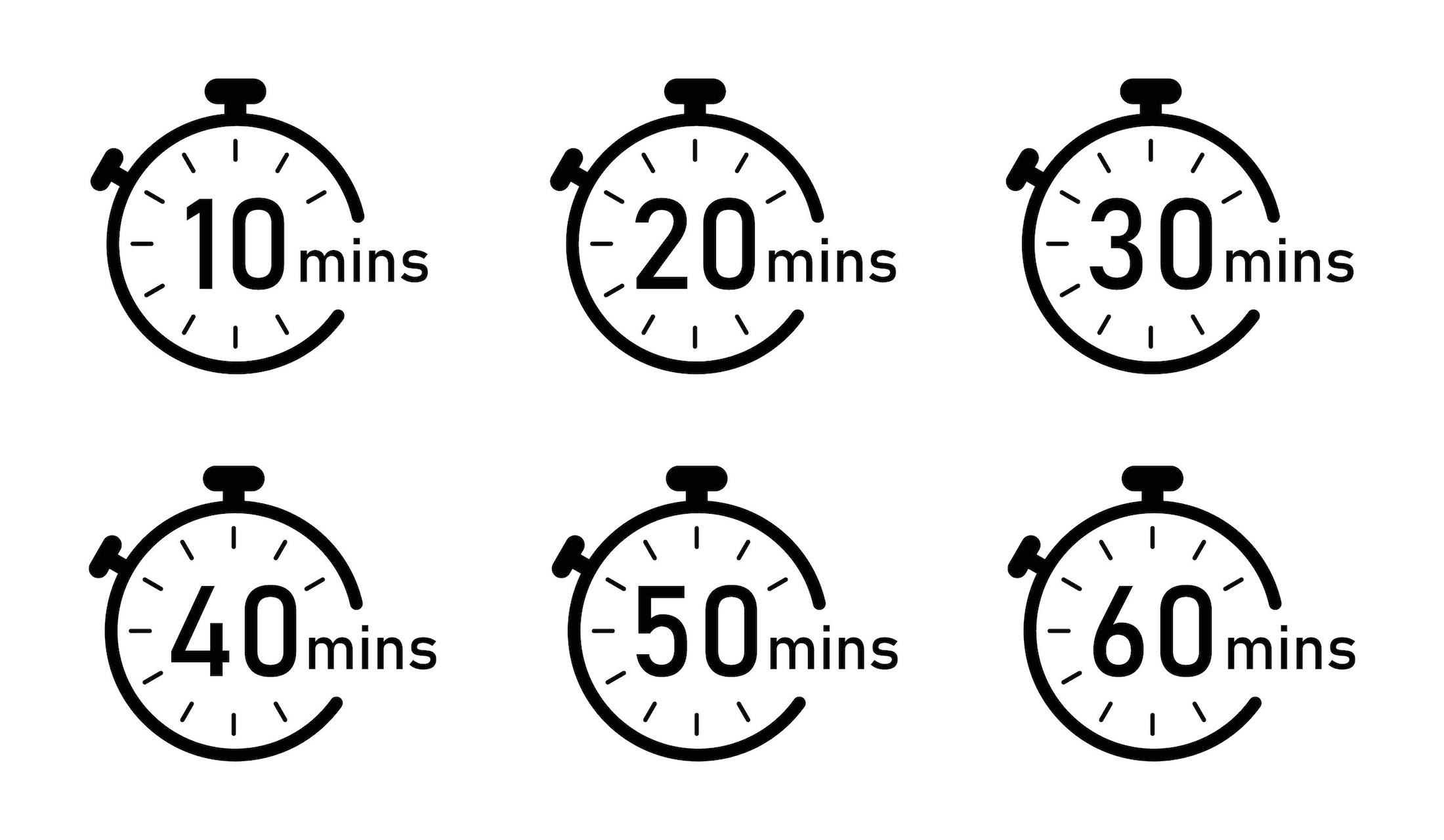In simple terms, a press release is a brief written communication aimed at journalists to announce something significant and specific: an event or a changed set of circumstances—for example, launching a new business or product, new leadership appointments or earnings results. Your press release is the basis for the article a journalist will write, or for a TV or radio segment the journalist will broadcast.
A press release is not a marketing tool or an advertisement. Its purpose is to advise journalists on an event in the hopes that the media will pass the information along, and share news about your business. If you’ve told your story well, if you’ve made it interesting and more than just a recitation of facts, a reporter may be intrigued and write a news story based on your press release.
Back-Patting Isn’t News
But all too often, businesses turn their press releases into self-congratulatory announcements that journalists ignore and discard. Your in-house charity bake sale results may mean a lot to your employees, but not to a journalist. This is best left to internal communications, your newsletter to partners, or, occasionally, to social media. But if the event you’re describing is boring, or of no interest to a wider audience, there’s a good chance your press release will go nowhere.
For your news to be useful to a journalist and result in a written article, a press release needs to be like a news story itself–with the journalist as your audience. And he or she is going to want to cover the five bases their editors want covered in every article. They’re called “The Five Ws”: Who, What, Where, When and Why. If your press release covers all these, you will have provided the essential information a journalist needs to write a story, and this is the first step in getting your message into print or on the air.
The Nuts and Bolts
But how to pull it all together? Start with a concise catchy title that briefly sums up what the press release is about. Then answer the five Ws in the first paragraph. The journalist doesn’t have time to search for your message in a press release. If it’s not clear in the headline and first few sentences, you’ve lost your chance.
Incorporate quotes from someone central to your message—the CEO, for example. Quotes in press releases have some flexibility: they don’t have to be a verbatim account of what was actually said. They are mostly used to advance your message, enhancing what was said to support and underscore the importance of the event that prompted your press release in the first place.
If you’re not sure your press release is clear and well-written—or worse, you fear it may be boring!—test it by reading the document out loud. It should “flow” and be pleasant to the ear. If you’ve lost your line of thought, are confused in your messaging or if you’ve put in an excessive amount of detail, you will “hear” it in this exercise of reading out loud. When you do, it’s a good indication that you need to go back to the drawing board and re-write.
Follow the Format
Press releases have a pretty strict format, upon which journalists rely. They should be written in the third person and should always begin with the name of the city from which the piece originates, and the date it is being issued.
There are a few options regarding when and how to issue your press release:
1. “For immediate release,” meaning anyone can share the information as soon as the press release is issued.
2. “Under embargo,” meaning the information is released to journalists who can use it in a story only at a specific date and time designated by you, the issuer.
In some situations, you may want to give certain publications and outlets access to your information before you release the press release to the general media.
There is no guarantee that even the best-written press release will be picked up by the mass media and turned into a news story. But if your event is interesting, if you’ve covered the five Ws, and if your press release resembles a news story itself, your chances for success are vastly increased.
Click here to see all Adrian Dearnell’s Forbes contributions





